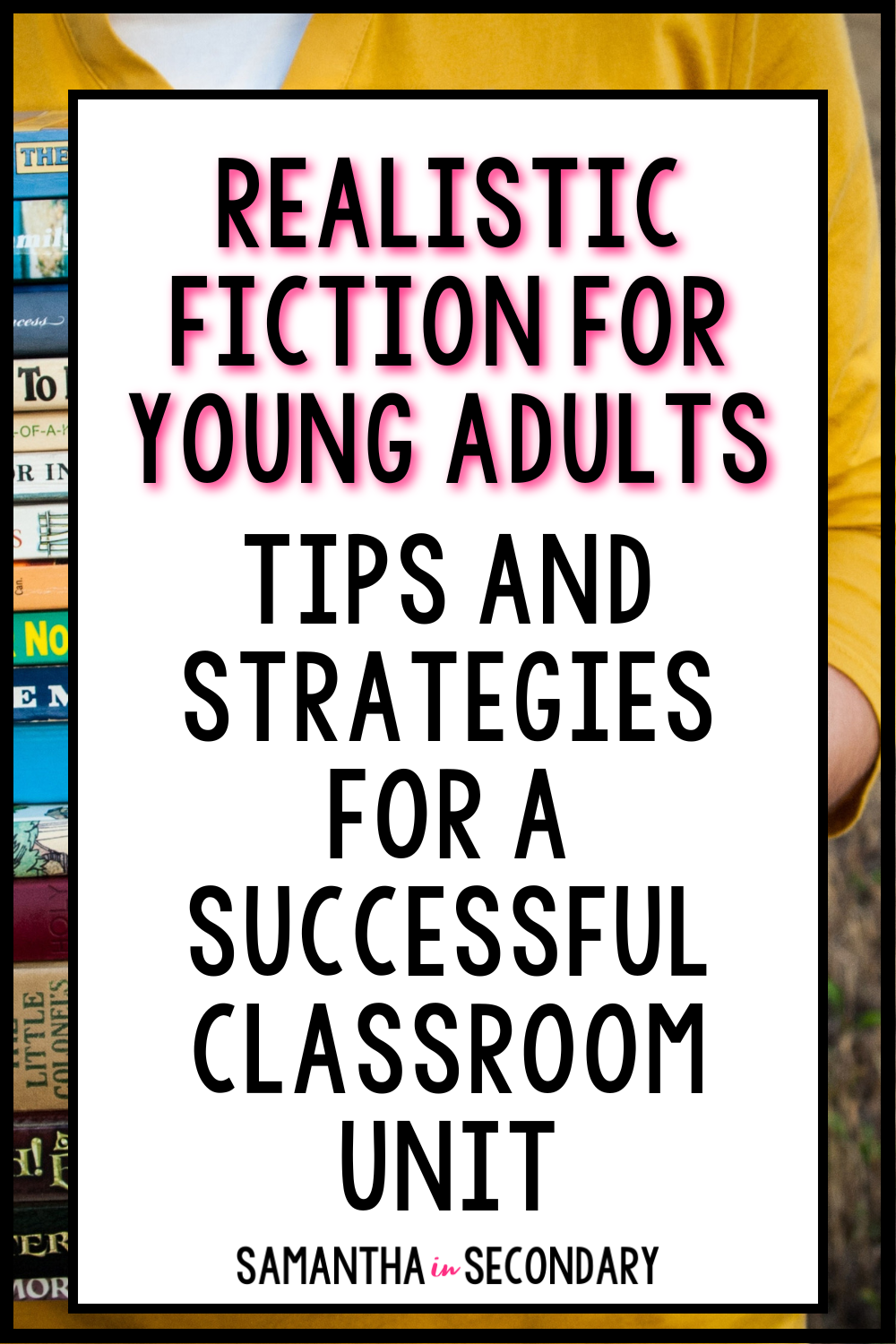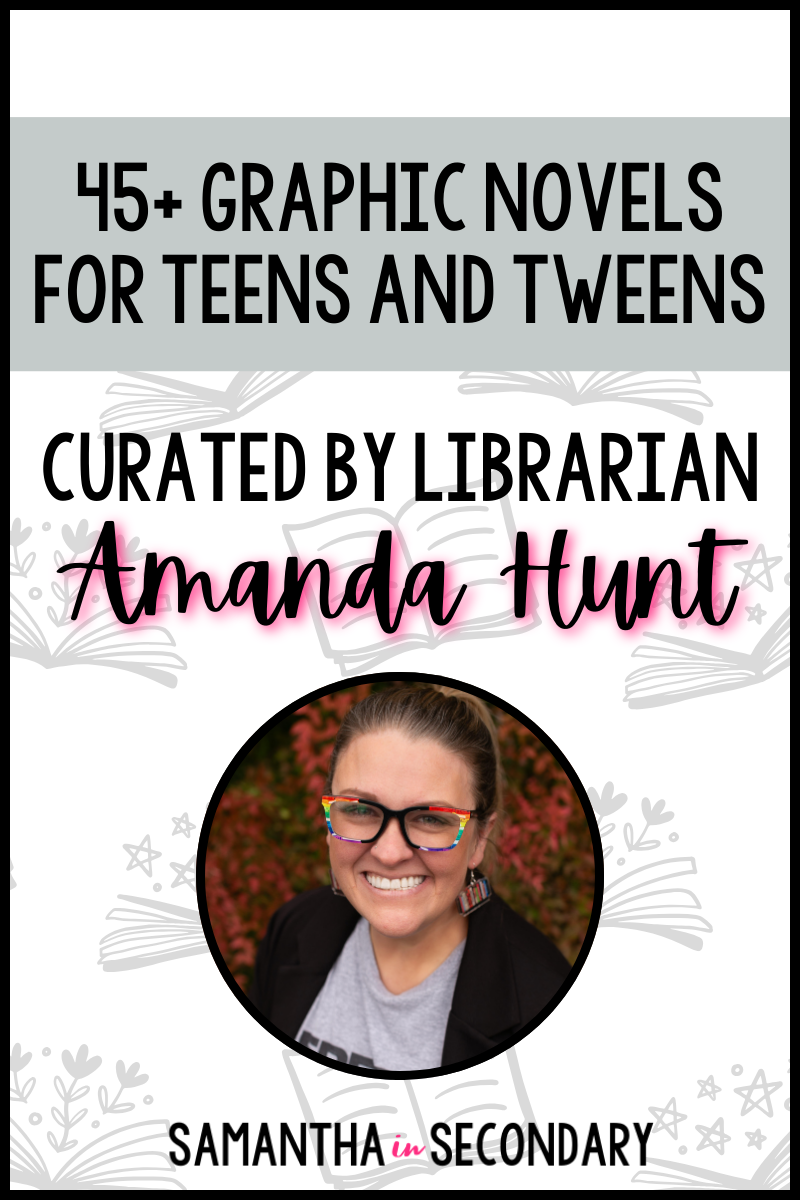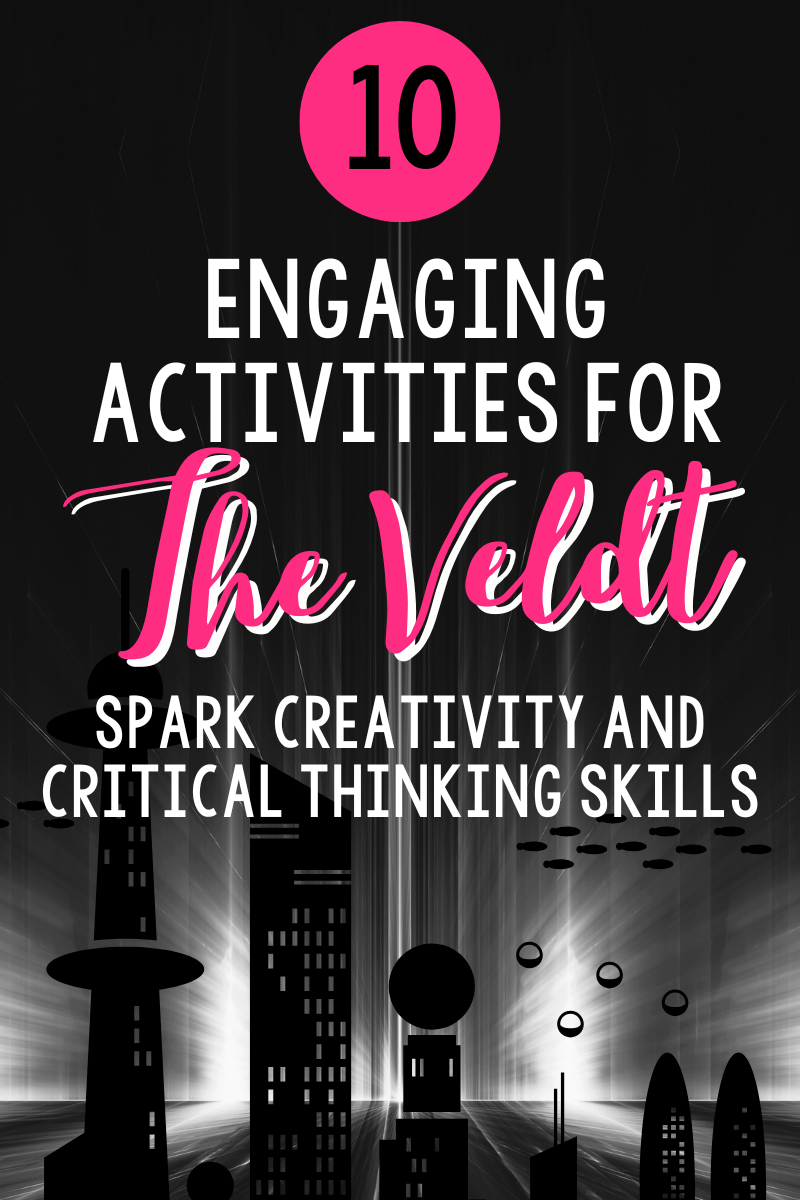Do you want to create a robust independent reading program in your classroom, but you aren’t sure how to introduce independent reading? Let me help!
One of my favorite things about independent reading is getting excited about books and sharing that excitement with my students. Having taught an entire course using independent reading alone, I’ve come up with many ways to introduce new independent reading units. There are many ways to introduce independent reading, but here are a few ideas.
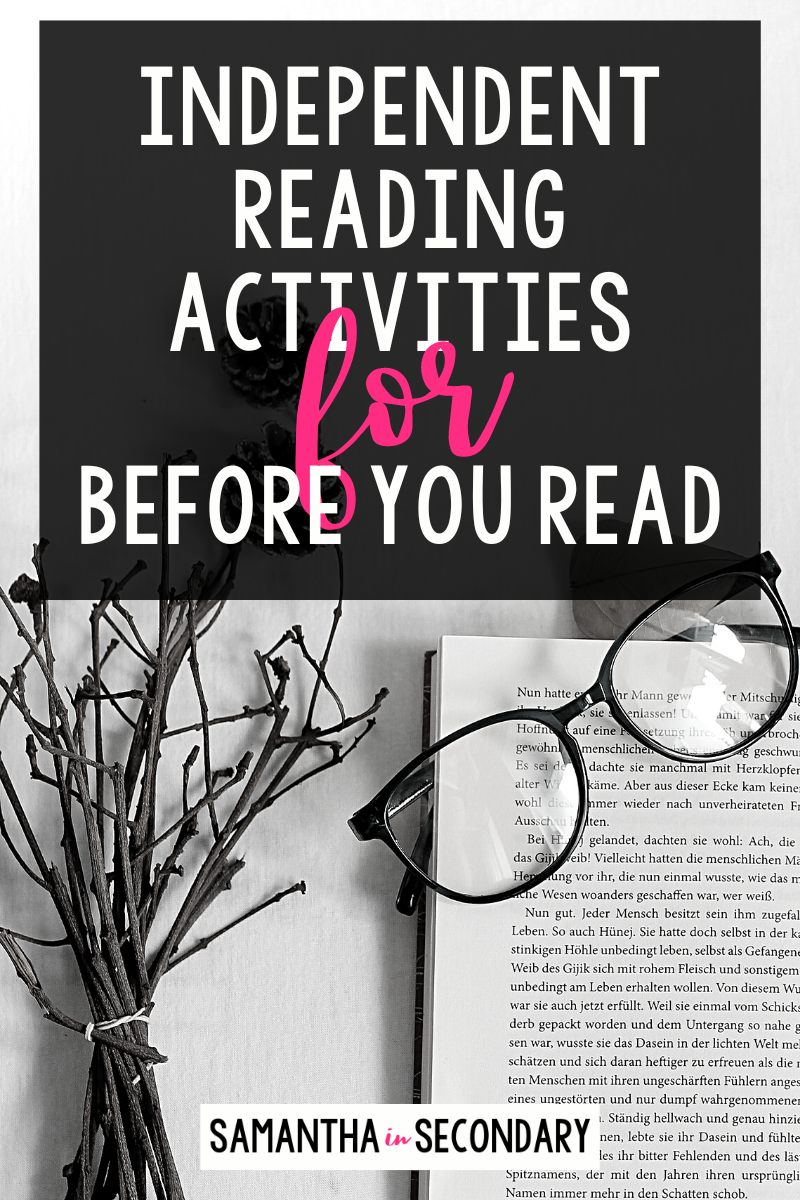
#1: Make sure to get a parent letter signed BEFORE you start!
Many teachers might avoid independent reading for fear that books contain objectionable material. Here is the truth: you CAN’T read every book ever written. It’s impossible. So, you have to rely on others to help. I love reading reviews on Amazon, Goodreads, and Common Sense Media. Checking reviews can help you find appropriate age levels and content warnings before students start to read.
Parents and guardians should absolutely be involved in what their children are reading. Educate them on how to look up books and have them sign off on the title their student wants to read.
You can make the process easy with a parent letter. Send one home to parents to allow them to decide what’s appropriate for their personal situation. That way, everyone is informed and part of the process. (Bonus: My parent letter resource comes with a handout that explains how to look up content warnings for books!)
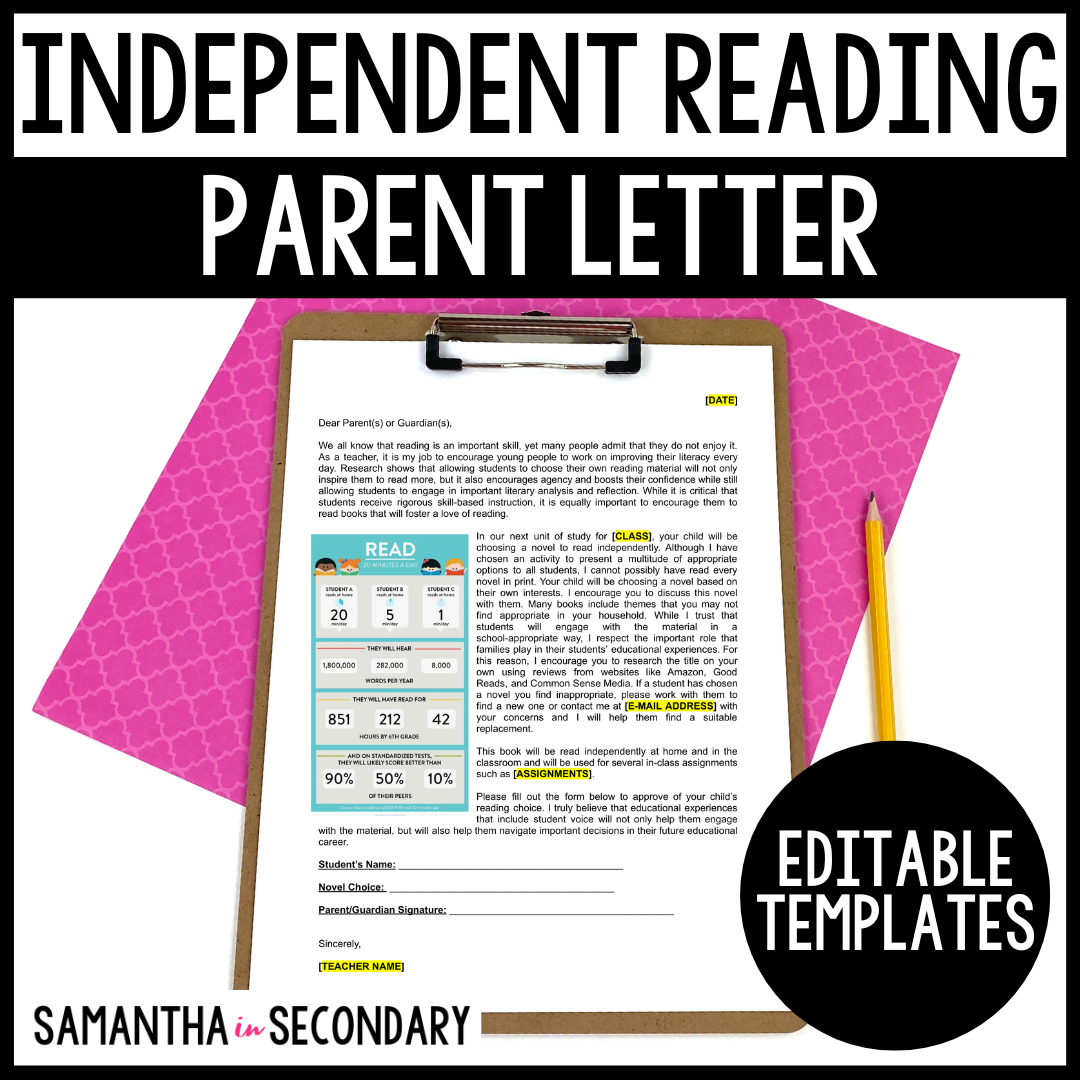
#2: Book Talks!
Book Talks are one of my favorite ways to get kids excited about books. At the beginning of the year, I usually book talk most of my favorites myself, but as the year goes on, I include students in the process.
Book Talks are exactly what they sound like they might be. You’re picking a few of your favorite books and telling students why they should read them. I usually give the main facts: title, author, main characters, and plot overview. Then, I give a personal review and try to really sell it. I only choose books I’m genuinely enthusiastic about so the reviews are authentic.
Once students see how I model the Book Talks, I have them join in! I usually make this a voluntary process so students can share any books they think their peers might like. Then, as usual, I have my own stash ready to be “talked” as well.
#3: Book Speed Dating
This is a really fun activity to kick off any independent reading unit. I especially love to do this activity around Valentine’s Day (it can be paired with some fun props), but you can do it any time of the year.
For this activity, you have students set up at tables with books. They get a set amount of time and “speed date” each book. This gives students time to get familiar with a title and see if it might interest them.
For a full blog post on this activity, click here to read my in-depth instructions.
You can also grab my full resource that is ready to run today right here.
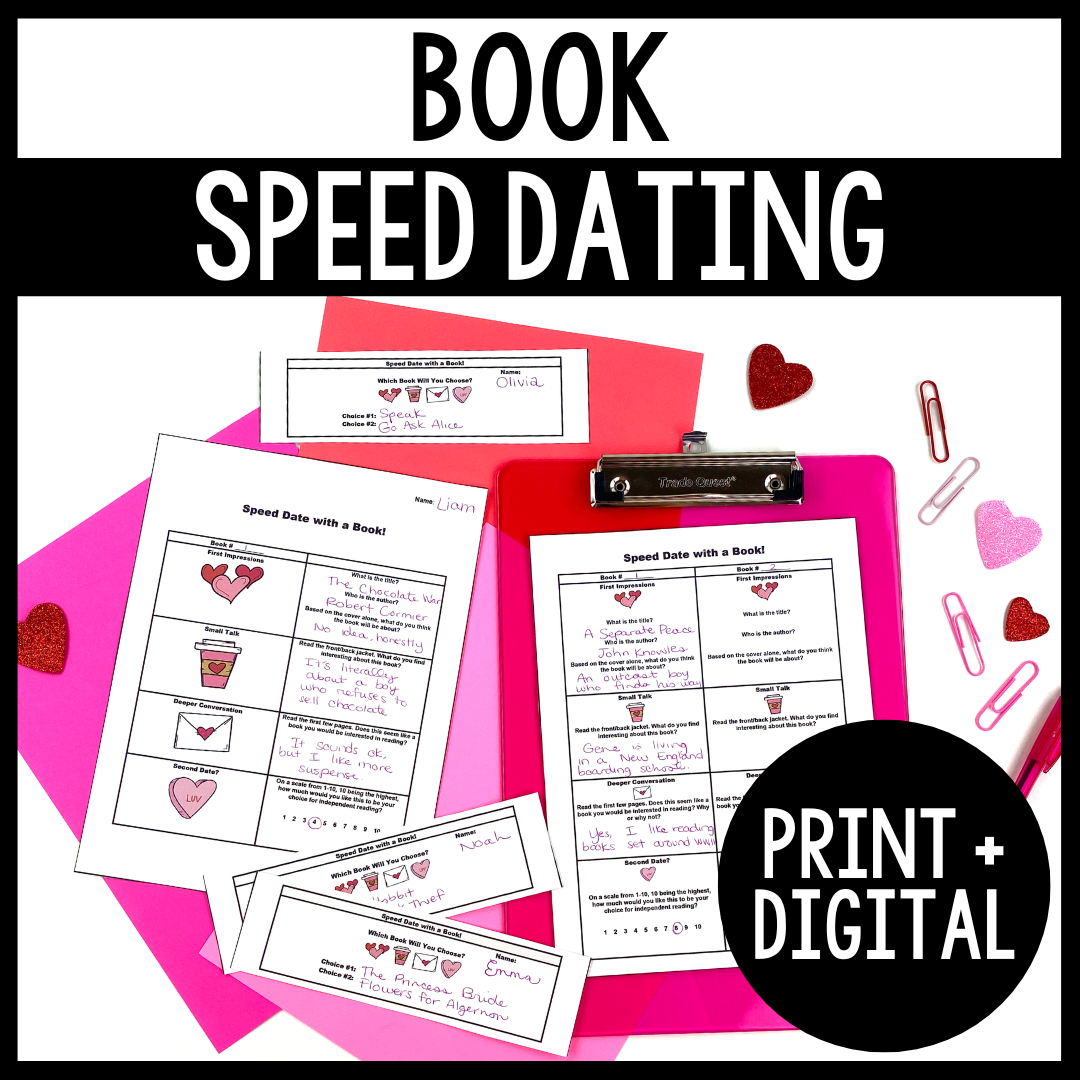
#4: Book Tasting
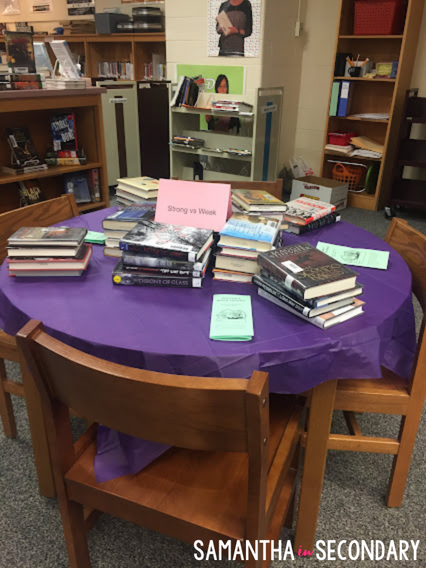
Book Tastings are a fun way to introduce books and have always been my students’ favorite, especially if paired with actual food.
I love to go all out with tablecloths, menus, and small treats (even just some candy takes it up a notch). Then, it’s time to students to explore books!
For a full run-down of how I run my Book Tastings, click here to read my blog post on the topic.
If you’d like access to my printable book tasting templates (and a cool digital companion), click here to see the resource in my shop.
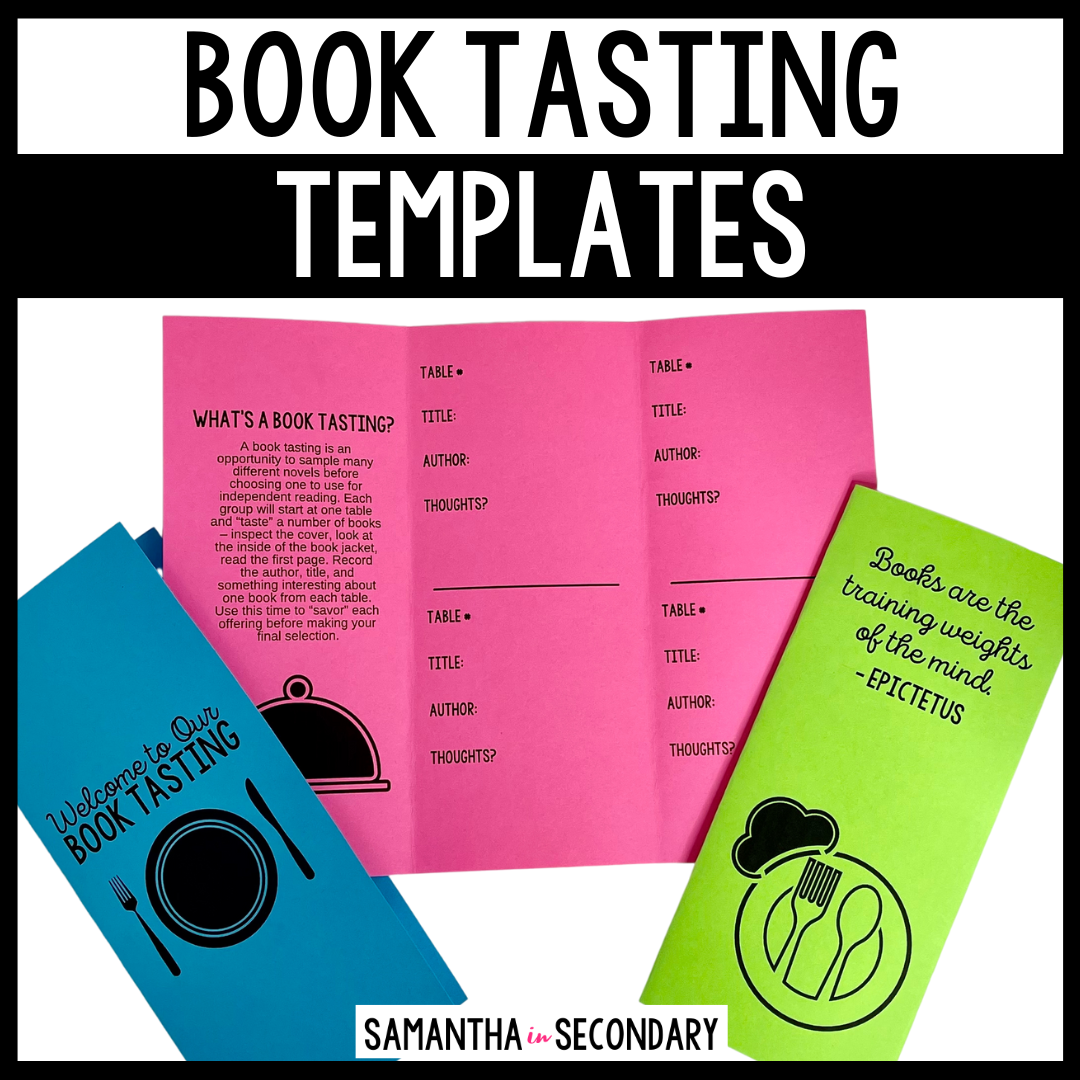
#5: Timed Reading Sprints
Timed Reading Sprints are the first thing I do once students have picked their books. All students read at different paces and books obviously having varying amounts of pages. So how do you keep all of your students on track during the unit? Easy: Start with Timed Reading Sprints.
- Set a timer for 10 minutes.
- Have students mark their starting point and ending point in that time frame.
- Add the amount of pages the student is able to read per sitting.
- Give students a reading schedule. How many days do they get to finish the book? Will there be in class reading time, if so, how much?
- Let students calculate how many pages they’ll need to read in the amount of time they’ll have. Everyone’s number will be different, but they’ll know exactly what they need to accomplish each time they read. This especially helps keep students on task when they are given independent reading time!
Get the Bundle & Save!
Download my full Independent Reading Unit Bundle and save 20% on ONE FULL INDEPENDENT READING UNIT. From start to finish, this unit is fully stocked with engaging activities and everything you need to run an organized, meaningful choice reading unit. Check it out here!
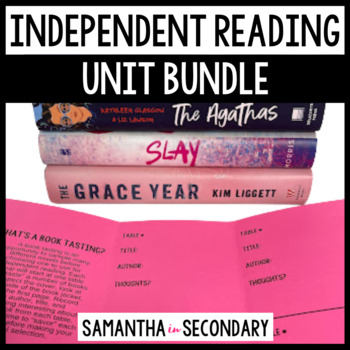
Do you have any unique ways to introduce independent reading that I may have missed here? Let me know in the comments below or say hello on IG or Facebook to continue the conversation. I love hearing new ideas!
Happy teaching!








